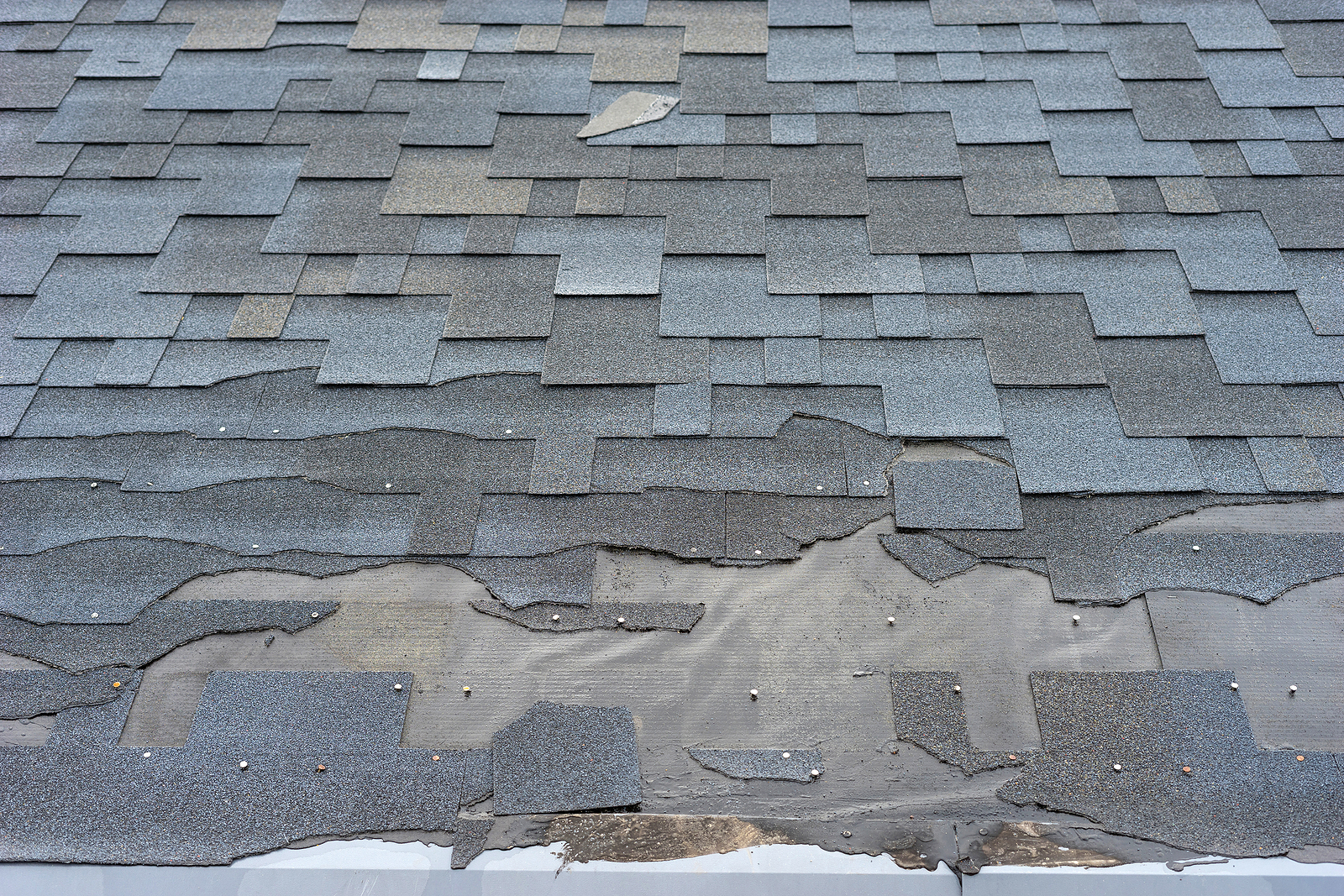Common Roofing Problems For Homes As Determined by Elite Roofing in St. Louis, Missouri.
(EPSTLRoofing) Roofing Problems – Your roof is an integral component of your home, protecting you from extreme heat and cold. Over time, however, wear and tear will inevitably occur, which could necessitate costly repairs or even structural damage.
Roofing problems may initially seem minor but left unchecked; they can quickly escalate into major headaches for homeowners. Below are some of the most frequently occurring roofing problems and solutions to address them.
1. Broken Shingles Causes Roofing Problems
A shingle’s primary role is to keep moisture out of your home, but damaged or broken shingles leave your property exposed to moisture penetration, which could eventually lead to mold and mildew growth in the house. A professional roofer can identify broken shingles quickly, repair them effectively, and ensure your roof remains as strong as possible.
Maintaining your roof requires periodic checks for signs of trouble, such as dark spots or falling granules. Should any such issues arise, it is critical that they are addressed quickly before further damage occurs.
If you plan to repair shingles on your own, the ideal conditions would be cool weather and wearing safety equipment such as a hard hat and harness. A helper may also come in handy. Start from the top and work down toward your target shingle; using a pry bar, loosen its surrounding shingles so you can access its nails easily.
Once a shingle has come loose, you can install a new one using roofing cement and nail it into place. In order to maintain an airtight seal against moisture entering through leakage, caulking around its edges with roof cement may also help seal it tightly and provide a tight seal against intrusion.
2. Clogged Gutters Cause Roofing Problems
Clogged gutters can be more than an eye sore; they can pose serious threats to your home. Gutter systems are intended to redirect rainwater away from the structure, yet when they become clogged with debris they no longer function effectively and allow pooled water around your foundation, leading to structural damage and mold growth. In addition, standing water attracts insects which can enter your home causing even further damage or health risks.
Gutter guards and screens may help to minimize this from occurring, but the best solution lies in regularly cleaning and inspecting your gutters with ladder, bucket, trowel, hose and flusher attachment.
One telltale sign of a clogged gutter is when water leaks into your basement, leading to staining on ceilings or walls and moisture accumulation that causes fascia boards and wood in eaves to rot while simultaneously producing mildew and mold which is hard to eradicate.
Clogged gutters can also lead to significant landscape damage, as the pooling water from them washes away mulch and floods your garden, flower beds or greenery causing destruction and erosion of soffits and fascia boards as well as creating dangerous ice dams in winter which pose health and safety risks for both adults and children.
3. Leaks Cause Roofing Problems
Leaky roofs can be among the worst roofing problems, as they expose interior spaces of homes to water and other elements. Leaks occur when shingles become damaged or missing; flashing around chimneys or vents is cracked; valleys between slopes of the roof are not sealed adequately; and valleys between slopes don’t meet requirements for sealing properly. Over time, these issues become more likely to cause expensive structural issues.
Preventing leaky roofs through timely repairs and routine maintenance is key to keeping them secure. Cleaning gutters regularly will prevent water overflow and clogged drains from occurring while inspecting shingles for signs of wear can help identify potential issues before they develop into leaks. Incorrect tree branches rubbing against the roof for extended periods, or animals trying to make their homes in its corners and crannies may also contribute to leaks on homes’ rooftops causing leakage issues.
Shrinking of roof membrane is another frequent roofing issue, usually brought on by heat exposure, improper installation or simply age and weather conditions. To tackle this problem, ensure the roof has adequate ventilation which lowers inside temperatures while helping prevent moisture build-up – this will prevent blistered or cracked shingles and may even extend its life by several years.
4. Mold Causes Roofing Problems
Mold can appear anywhere moisture has entered your home, from leaky geysers or ceiling pipes leaking, to moisture build-up behind walls and carpets that eventually blooms into mold growth if left unchecked. If you notice some patches of mold which are resistant to cleaning solutions such as bleach or vinegar then professional residential roofing contractor should be called in as soon as possible for assistance.
Mold requires moisture in order to thrive and spread, and in optimal conditions, will grow on everything from metal pipes and concrete surfaces to wooden flooring and wood floorboards. Moisture often enters these environments through condensation caused by activities like cooking, bathing, indoor drying clothes, and breathing. Poor ventilation may also result in pockets of condensation forming on cold surfaces like window sills and wall tiles during winter, and insufficient ventilation could contribute to this development. These wet spots can become prime locations for mold growth. To address moisture problems and protect against mold growth, proper insulation, leak repair, and making sure the ground slopes away from the foundation are all excellent ways to solve moisture issues and stop mold.
